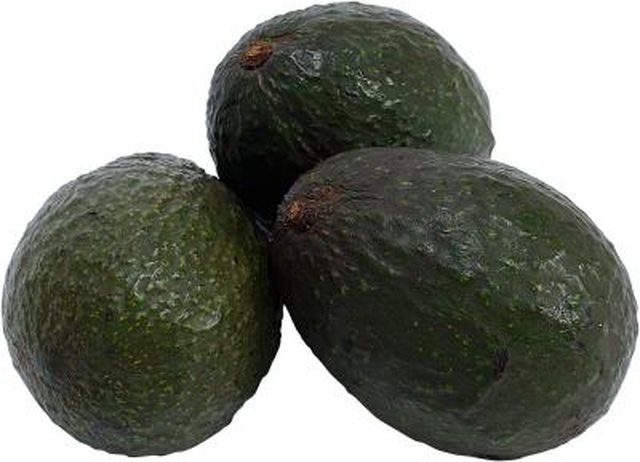Bulbs
Flower Basics
Flower Beds & Specialty Gardens
Flower Garden
Garden Furniture
Garden Gnomes
Garden Seeds
Garden Sheds
Garden Statues
Garden Tools & Supplies
Gardening Basics
Green & Organic
Groundcovers & Vines
Growing Annuals
Growing Basil
Growing Beans
Growing Berries
Growing Blueberries
Growing Cactus
Growing Corn
Growing Cotton
Growing Edibles
Growing Flowers
Growing Garlic
Growing Grapes
Growing Grass
Growing Herbs
Growing Jasmine
Growing Mint
Growing Mushrooms
Orchids
Growing Peanuts
Growing Perennials
Growing Plants
Growing Rosemary
Growing Roses
Growing Strawberries
Growing Sunflowers
Growing Thyme
Growing Tomatoes
Growing Tulips
Growing Vegetables
Herb Basics
Herb Garden
Indoor Growing
Landscaping Basics
Landscaping Patios
Landscaping Plants
Landscaping Shrubs
Landscaping Trees
Landscaping Walks & Pathways
Lawn Basics
Lawn Maintenance
Lawn Mowers
Lawn Ornaments
Lawn Planting
Lawn Tools
Outdoor Growing
Overall Landscape Planning
Pests, Weeds & Problems
Plant Basics
Rock Garden
Rose Garden
Shrubs
Soil
Specialty Gardens
Trees
Vegetable Garden
Yard Maintenance
How to Hand Pollinate an Avocado
How to Hand Pollinate an Avocado. Avocado trees are large and tropical, with specific needs for warm sun, frost-free environments and quick drainage. These trees also maintain somewhat complicated blooming habits, with two different types of pollination schedules. Type A avocados produce flowers that receive pollen in the morning and release pollen...

Avocado trees are large and tropical, with specific needs for warm sun, frost-free environments and quick drainage. These trees also maintain somewhat complicated blooming habits, with two different types of pollination schedules. Type A avocados produce flowers that receive pollen in the morning and release pollen the following afternoon, while Type B avocado types receive pollen in the afternoon and release the next morning. Large-scale growers combat this problem with multiple plantings of both avocado varieties for natural pollination. If you only have one avocado tree, though, help nature along with careful hand pollination.
Things You'll Need
Cotton swab
Determine what sort of avocado tree you have for best pollination. For Type A avocados work in the morning when the tree's blooms are receptive to pollen. For Type B avocados, work in the afternoon. If you don't know what type of avocado tree you have, work in both morning and afternoon sessions.
Rub clean cotton swabs over the anthers in the flowers to gather pollen. Gather pollen from several blooms at once.
Rub the cotton swabs over the sticky pistil and stigma at the center of each bloom to transfer the pollen. This pollen transfer sends a chemical message to the bloom to produce fruit.
Repeat the process every morning or afternoon through the season to pollinate as many blooms as possible for the best possible harvest.
Tips & Warnings
Increase natural pollination on the avocado with ladybugs, wasps, moths and bees.
Each cluster of avocado bloom contains 200 to 300 flowers. The clusters produce 2 to 3 avocado fruits with natural pollination.